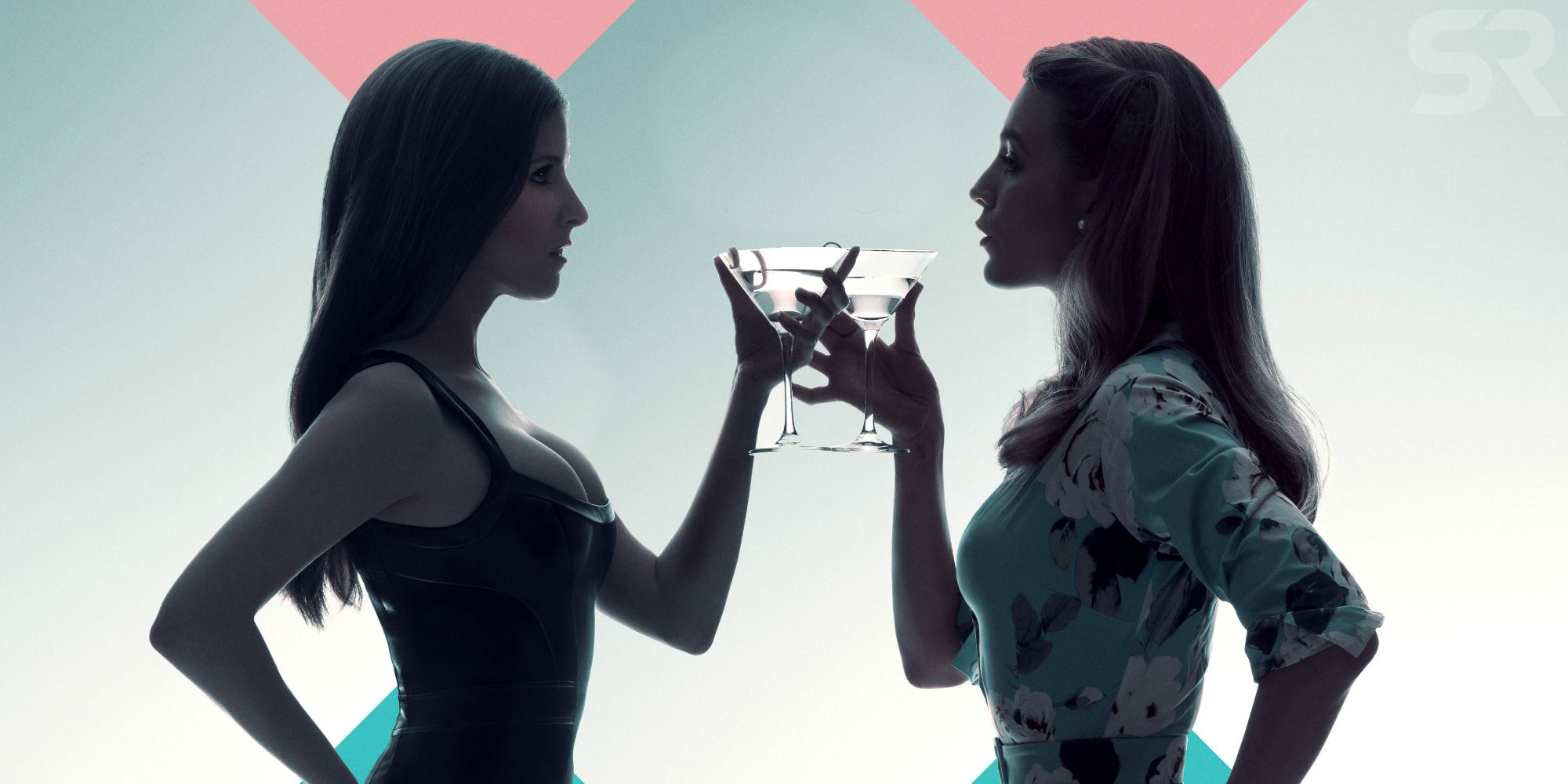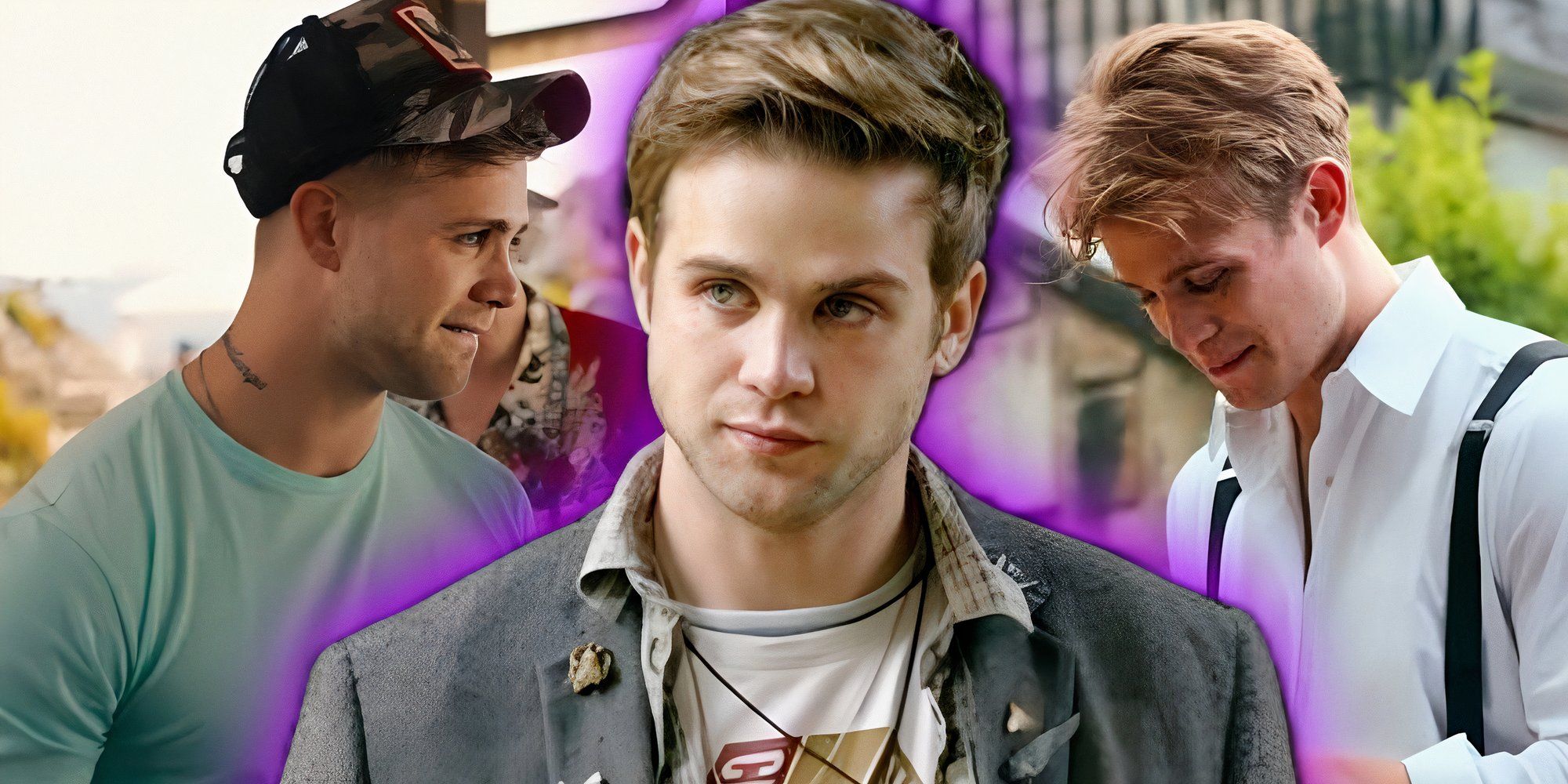Directors of some of of the year’s most notable animated features talk about the design and inspiration behind key characters including a sentient robot, expressive cat and villainous penguin.

Anxiety – “Inside Out 2“
In the sequel to Pixar’s Oscar-winner “Inside Out,” Headquarters is disrupted by new emotions, particularly scene-stealer Anxiety, which director Kelsey Mann says was the hardest of the new emotions to design. “It was really [character art director] Deanna Marsigliese that cracked the final design. She not only found the right feeling of anxiousness, but she did it through a fun and whimsical design,” Mann says of the orange emotion, citing key features such as her ultra-wide mouth, “which is perfect for her grinding teeth,” and floppy hair that could “showcase her nervous energy.” Mann also wanted to make Anxiety — despite some of her choices in shaping a now-teenage Riley — a character that the audience could get behind. “Anxiety’s the antagonist in the film but she doesn’t really see herself that way. She’s just trying to protect Riley.” Of Anxiety voice actor Maya Hawke, he says, “It’s thinking at an incredible rate, calculating millions of possible threats that could occur. So I knew I wanted someone that could speak incredibly fast. … But my favorite part of Maya’s performance is the heart you can hear behind her voice. You can really feel that she loves Riley and she’s just trying her very best to try and take care of her.”

The Cat – “Flow”
“Flow,” Latvia’s dialog-free animated contender in the best international feature Oscar competition, follows an emotive, big-eyed cat after his home is devastated by a great flood. “We tried to find the right balance where the character design is believable and naturalistic while at the same time isn’t hyperreal, which I think would make it less expressive and appealing,” explains director and co-writer Gints Zilbalodis. “The eyes are the first things we notice about a character, so we had to make sure that enough attention was given to them. The credit for how the characters emote is due to the incredible work done by our animators. They looked at a lot of references of real animals.” He adds that director of animation Léo Silly Pélissier created guidelines for the team. “For example, cats don’t tend to look around much with their eyes. Instead, they usually turn their whole head, which also was useful in conveying the anxious energy of our protagonist. With eyes we had to make sure to create micro movements.” The animators called this “eye darts,” which, he notes, “is a relatively simple technique which makes the performance a lot more believable.”

Charlie and Sam – “That Christmas”
Twins Charlie (voiced by Sienna Sayer) and Sam (Zazie Hayhurst) — from the “The Empty Stocking,” the first book of Richard Curtis’ trilogy on which the Locksmith and Netflix movie is based — required a design “that would allow us to perform two identical-looking characters in a completely opposite but believable way, while also creating kids that were inherently charming and sweet,” says director Simon Otto. “Uwe Heidschötter, our character designer, brought the right mix between simplified, stylized designs that would allow us to focus on their round, soft eyes, and well-researched characterizations that reminded us of people we saw in these English towns. … The only differentiating visual markers are Sam’s pigtails, which stand in contrast to Charlie’s wild, unkempt mane and they are wearing different colors, a calm green for Sam and a bold red for Charlie, which incidentally are also the colors of Christ- mas.” He adds that the characters needed to deliver the “tonal humor and emotional depth to Richard’s [Curtis’] real-life characters, [so] we focused on the idiosyncrasies in their personalities and made the designs all about the simplicity and accessibility in their facial designs, their proportions and their hair and costume designs.” They also developed contrasting behavior and body language to set them apart.

Emi – “Ultraman: Rising”
In the Netflix movie based on the classic Ultraman franchise, pink baby kaiju Emi is a mix of writer/director Shannon Tindle’s classic kaiju inspiration and his experience as a parent. “In the tradition of classic tokusatsu (“special effects”), the kaiju in Ultraman are portrayed by men in rubber suits. So I imagined a toddler in one of those suits — big head, chubby cheeks, pudgy arms and legs,” he says. “However, the audience also needs to connect with Emi on an emotional level. So my daughter’s spirit worked its way into Emi’s final design and performance.” Tindle shared photos and stories about his daughter with the team at Industrial Light & Magic, which animated the movie. The team also brought their own parenting experiences to work on Emi. For her “voice,” he enlisted Oscar-winning sound designer Randy Thom and the team at Skywalker Sound. “Emi represents the full range of a child’s emotions — from sweetness to rage. Although nonverbal, she needed a charming and, at times, repellant voice,” Tindle explains, nothing that while Emi is introduced with a sweet yawn, “babies — and kaiju — aren’t always cute. For Emi’s tantrums, I remember telling Randy, ‘You know that earsplitting scream you hear from toddlers trapped on a plane? Weaponize that!’”

Feathers McGraw – “Wallace & Gromit: Vengeance Most Fowl”
Villainous penguin Feathers McGraw first appeared in Nick Park’s Oscar-winning short “The Wrong Trousers” and returns in “Vengeance Most Fowl.” His design is quite simple, what Park (who directed the movie with Merlin Crossingham) admits is basically the shape of long-neck bottle. “Minimalism creates this sense that he’s an enigma,” he says. It’s his behavior — his stillness — that makes him sinister. “It took finding the right animators,” says Crossingham. “Asking an animator not to animate is a really tricky thing. But his power does come from his stillness. … There’s a confidence in screen villains; good ones don’t run. They’re never in a hurry. They’re confident they’ll get their prey in the end,” Park says. Filming stop-motion Feathers therefore involved cinematic methods such as camera movement, noir lighting and music. It also involved attention to the eyes. The Feathers puppet is just a few inches high with eyes made from glass-headed pins. “He always had a reflection in his eyes,” says Crossingham. “If there wasn’t a lamp, like a little sparkle somewhere in his eye, his screen presence diminished hugely. So making sure that always if he turned his head, there was a highlight. And when he turned, even if there technically shouldn’t be a highlight, we forced one in by putting a lamp there.”

Grace – “Memoir of a Snail”
Stop-motion protagonist Grace — made from materials including polymer clay, plasticine, silicone, wire, metal armatures, paint and magnets — was designed to look “squat,” says “Memoir of a Snail” writer/ director Adam Elliot. “She is lumpy with freckles and has permanently sad brows to make her look constantly melancholic and endearing,” he says. “She nearly always wears her drab hand-knitted snail hat to make her look odd and yet cute. Her cleft palette scar is always visible and a reminder of her childhood marked by teasing and torment. Her expressions are always driven through her eyes, which are always in a permanent state of hyper awareness. All these traits make her incredibly engaging and emotive despite her compact size. Her costume is a very simple, hand-painted brown drab dress to emphasize her supposed ‘plainness’ in comparison to more colorful characters in her life.” “Succession” actor Sarah Snook was cast to voice Grace. “She had a shyness, quietness and natural vulnerability. I wanted her to keep her natural speaking voice and Australian accent. I was after a very intimate, authentic, heartwarming and melancholic performance, which she delivered on brilliantly,” says Elliot.

Moana – “Moana 2”
Disney Animation’s sequel begins three years after the events in “Moana,” and finds the titular character a leader in her community (bringing them back to their history as wayfinders) and a big sister. Her looks reflects these changes. She still wears her Gramma Tala’s necklace, while her hair has more salt in it, from being out on the ocean. Her dress was redesigned, with the art team incorporating research from culture consultants. “There’s these really intricate red feathers that run along the top of her of her outfit and down the side of her strap. And those come from the ‘Alae ‘ula bird, and they were really highly prized in Oceania at that time,” explains Jason Hand, who directed with David G. Derrick Jr. and Dana Ledoux Miller. “Her dress is made from pandan plants that are actually woven together. Even the way that it’s woven is very specifically done.” In designing this outfit, he adds the team was “trying to find something that really suited what she’s out there doing. She’s out there every day on the canoe, but yet she still is a leader in her community.”

Orion Pax and D-16 – “Transformers One”
In “Transformers One,” director Josh Cooley tells the story of how two young robots — Orion Pax (young Optimus Prime) and D-16 (young Megatron) — go from best friends to sworn enemies. Each involved two major physical transformations, meaning each needed five designs, including their vehicle forms. As the story begins, they are designed as miners. “The two leads are starting their journeys at the bottom rung, missing the piece of machinery that enables them to transform. I wanted the audience to never forget that, so their chest cavities are open, clearly missing that important piece of who they are. Making them smaller than the typical Transformer also put them in a lower class, making them underdogs,” Cooley says. He adds that their initial designs also had to feel “familiar enough to the iconic designs we’ve known them to be for the last 40 years.” On the voice casting, Cooley says, “It was essential that [early in the story] the audience is charmed by watching these two friends together. Chris Hemsworth (Optimus Prime) and Bryan Tyree Henry (Megatron) are two of the most charming people on Earth … and we worked together to find the exact moments in the story where the changes in their voice would happen and how much, so that the tension rises and we feel the relationship begin to crumble.”

Roz – “The Wild Robot“
“The Wild Robot,” based on Peter Brown’s book, follows sentient robot Roz, who is brought to life with the voice of Lupita Nyong’o. “One of the only things I insisted on, design-wise, as a translation from the book to the screen, is the ROZZUM robot in Peter Brown’s illustrations has a very simple line that indicates a mouth. And I wanted to make sure that we had very little articulation on Roz’s face. I believe that in the lack of those kind of details, people are going to more successfully project their own emotions onto our character, so we limited Roz’s facial articulation to just her eyes,” writer/director Chris Sanders says, elaborating on the eyes’ complexity. “Even when Roz is relatively still, we can still get her thought process through the moving of the lenses and the elements inside of her eye.” He emphasizes that Nyong’o “had some incredibly heavy lifting to do with her vocal performance, which is a whole other aspect of this that cannot be overstated. But also the animators had that limitation, so that they had to be more inventive physically. So Roz is like a silent film star in her body movements. … With certain limitations, creativity will blossom in other areas.”









 English (US) ·
English (US) ·